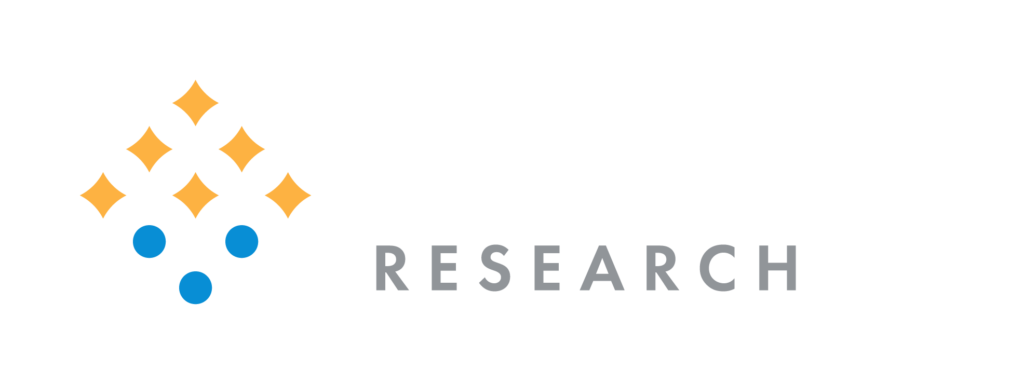[Excerpt from The Pickett Line January 2021 Issue]
Happy New Year. And what a start to the new year it has been. As we closed out an extraordinarily difficult and painful 2020, uncertainty around the scale of global vaccine distribution programs, the scope of additional fiscal stimulus, and the ultimate shape of the economic recovery in progress were all known wild cards with regard to what comes next for the United States. Insurrection, domestic terrorism, and a storming of the US Capitol to disrupt the electoral process on January 6th were certainly not. But yet, here we are.
Though with the inauguration of the new administration now behind us, and completed largely without incident, while arguably an indelible stain on the historical record, this most recent black swan event is not likely to leave much of a mark on the 2021 US Truckload Market Cycle. However, simmering tensions across underlying population demographics from these increasingly raw and perhaps newly exposed political and philosophical fault lines will no doubt remain front and center as the country works to heal itself over the days, months, and years to come. For a glimpse into how some of this could unfold over the next decade, if you are as compelled by recurring cycles as I am (or even if you’re not), the book The Fourth Turning: An American Prophecy by William Strauss and Neil Howe is a fascinating read – a little scary perhaps given where we are in that cycle, but fascinating nonetheless.
Regarding the here and now, let’s start with the bad news. While the US COVID-19 vaccination program got off to an auspicious start in early December, driven by herculean efforts across the global logistics and healthcare communities among others, results have so far fallen well below targets. Improvements will be made and progress will no doubt accelerate in the months ahead, but the likelihood of an outperforming US economy in Q1 has become much less likely as a result. And without the tailwind of a surge in domestic consumption and the industrial activity necessary to service it in the coming months, the probability that this most recent Q4 2020 represents the inflationary inflection point in the current US TL Market Cycle becomes increasingly greater – as opposed to shifting the inflection point forward by a quarter to Q1 2021. While twenty days into the quarter, the current Q1 Spot DAT Market Index value of +38.3% Y/Y vs. Q4’s +40.2% supports this trajectory, though twenty days hardly makes a quarter. But we will be watching the direction of the Spot Market closely from here as the quarter develops looking for confirmation of our inflection point that marks the transition from the 1st quarter of the market cycle to the 2nd where rates decelerate towards equilibrium before plunging Y/Y deflationary.
Now, onto the good news. While there aren’t a ton of new data points to consider relative to last month’s note, most of what we did get was constructive to the sustained economic recovery thesis. The December read on Industrial Production drove the final Q4 average higher to -4.7% Y/Y from a QTD November of -5.8%. We still haven’t found positive Y/Y territory after Q2’s COVID collapse to -14.7% but we are clearly headed in the right direction and the Y/Y comps begin to get easier from here. November’s inventory to sales read, published January 15th on a six week lag, remained steady at 1.32 and well under Q2’s spike to 1.51which implies that overall inventories remain at least somewhat depressed relative to sales – a bullish sign for industrial activity (i.e. production) in the months ahead.
I think most would also agree that US transportation networks kept pace with the surge in December and January peak season shipping volumes, made even “peakier” this year with the relative explosion in e-commerce retail – all while under the increased strain of unprecedented efforts to support the global COVID-19 vaccination program. We got the perfect storm of potentially disruptive forces, but the ship held together and the disaster scenarios that many had feared failed to materialize. All things considered, supply chains executed about as well as could be expected – trucks showed up, packages delivered on time, and Christmas was saved… albeit celebrated a little differently this year due to virus mitigation efforts.
So as we kick off the first quarter of what promises to be a better year than the last for most, it is important to remember that the US TL Market is not the US Economy. They are clearly intertwined, but it is entirely possible for them to be moving in opposite directions at any given point in time. They certainly were through the back half of 2020. And we believe that will again be the case though the back half of 2021, although in the other direction with Spot TL rates collapsing lower Y/Y while Consumption (and therefore GDP) recovers higher as we continue to claw our way out of the COVID-19 abyss – from both a healthcare and an economic standpoint.
